I think it’s pretty obvious that I have a good bit of tea – probably more than I can reasonably consume within the span of a few years. Moving actually gives you a pretty good idea of how much tea you have, what you have, etc. I, for example, have found that I have a lot of aged oolong
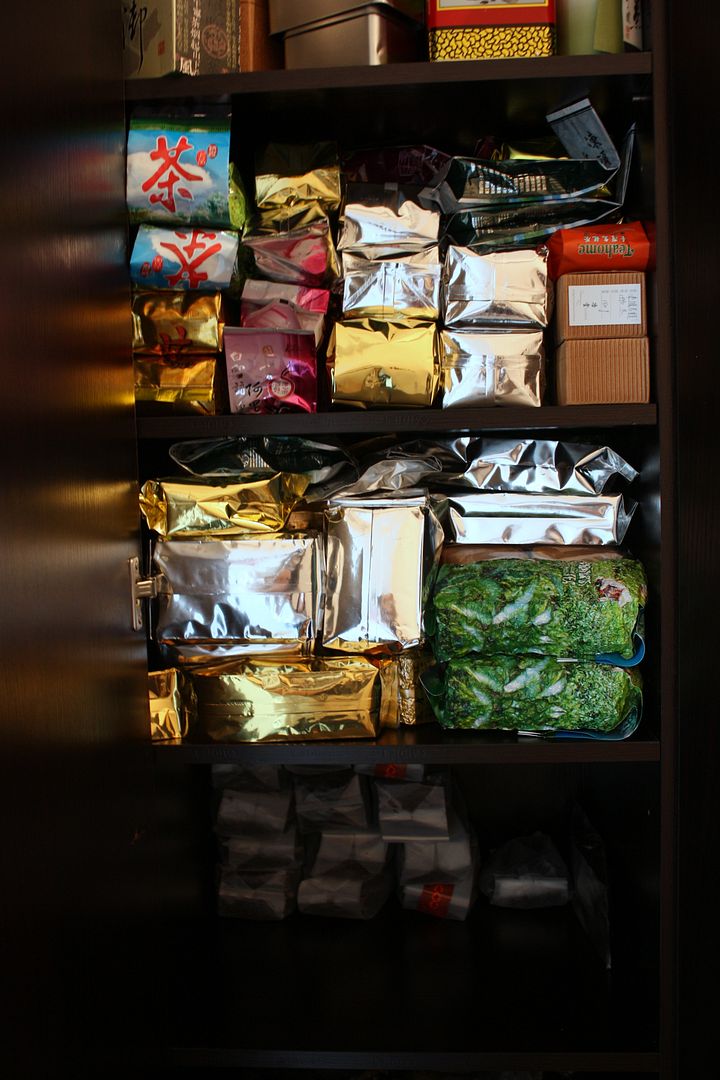
It’s not entirely clear to me what I can do to consume all of it. I think I still have some in some of the other boxes of tea that I have not opened yet, so that’s why the third shelf is mostly empty – still have space for more.
Conservatively, I think there’s probably something along the lines of 10-15kg of aged oolong in here. I got to this point mostly because I was burned earlier on in my drinking career with not buying enough tea when I like something, and with aged oolong, even if you have money, you won’t find that tea again, because quantities are usually limited to a few kilos, at most. So these days, when I run into an aged oolong I like, I’ll buy loads of it, to ensure that I will not run out of said tea. That, of course, creates another problem – which is that of the “too much tea” variety.
Similar issues exist with my puerh, although not quite as acute, I think. Most things I only have a tong of, if I really liked it, and there are only a handful of cakes for which I have more than one tong. I also have a lot of “stamp collection” bings – one or two cakes each of something or another that I found interesting, but not interesting enough. Again, a similar strategy exists – I need to have enough of the tea to make sure I won’t run out of it easily, and in this case, also because I want to age it (aged oolongs are meant for current consumption and not aging). So, as you can imagine, I have too much tea there too.
I’ve done calculations before regarding how much tea I can reasonably drink within a year. If you assume about 10g of consumption a day, every day, we’re talking only about 3.6kg a year. Divided by 357g, the standard size for most puerh cakes, that’s 10 cakes a year. Granted, ten cakes is not nothing, but I’m pretty sure I’m buying at the rate of more than 10 cakes per year, and I’m sure most of you, if you’re reading this and you drink puerh, are as well.
This is why I think that for a lot of the teas that are mass-produced, there will never, ever be the skyrocketing prices that you’ve seen in the past. It will not happen. A new Menghai 7542 from, say, 2010, will never be very expensive. There’s just so much of it out there, and there’s always a limit to where a market can expand, there will be a point in the future where prices will stabilize and it’ll just stop moving. People who buy these things for investment need to get out while the going is good, or they’ll be sitting on a lot of tea. There are small productions from these big factories, such as the 黃金æ²æœˆ craze recently, but that’s because of active intervention of a few speculators who tried to generate interest in the tea, and also because of the limited quantity of the tea itself. You can try chasing those things, but if you’re outside China, you’re pretty much guaranteed to lose and be the guy who ends up holding the tea when all is said and done.
The reason prices for teas have been going up in China is twofold: 1) the market for tea drinking is still growing, as people have more disposable income and thus more money to spend on things like tea, and 2) general inflation, which is pretty serious. My friend L told me that he’s having trouble finding sales people for his teashop in Beijing, even though he’s offering to pay about 1600 RMB a month. Back in 2006, when I was there, a similar job would’ve been taken if the pay were 800 RMB. That’s double the salary within the span of six years. Of course, this is only one datapoint, but it seems generally true as I walk past “help wanted” signs at restaurants and shops. It’s hard to find good help in China, and if you want them, you have to pay up.
So it’s no wonder that this year’s new crop of tea is costing more than ever. We’re at the point where a new cake is going to cost you upwards of $200 per cake, more if it’s some famous brand making it. This is not the same as the bubble from 2006/7, when everything and anything puerh was expensive – I remember new 7542s from Menghai getting to these kinds of prices pretty quickly, only to come crashing down in the summer of 2007.
Nowadays, the only things that are expensive are the quality stuff – or at least, stuff that claim to have quality. Of course, not every expensive cake is going to be good, but good tea is not going to be cheap. There are, however, gems to be found from the 5-10 years old category of teas – some of them are woefully underpriced because they were produced under a no-name label and been sitting dormant in some small shop in, say, Fangcun. Sometimes they can be made of the same material as some of the more famous cakes, or in fact, better. The problem, of course, is finding those gems, which takes time, energy, and confidence in your own palette. Once found, however, you need to buy them up, because you won’t find them again, just like good aged oolongs.
Now if I can only solve the problem of drinking them all, I’m all set.

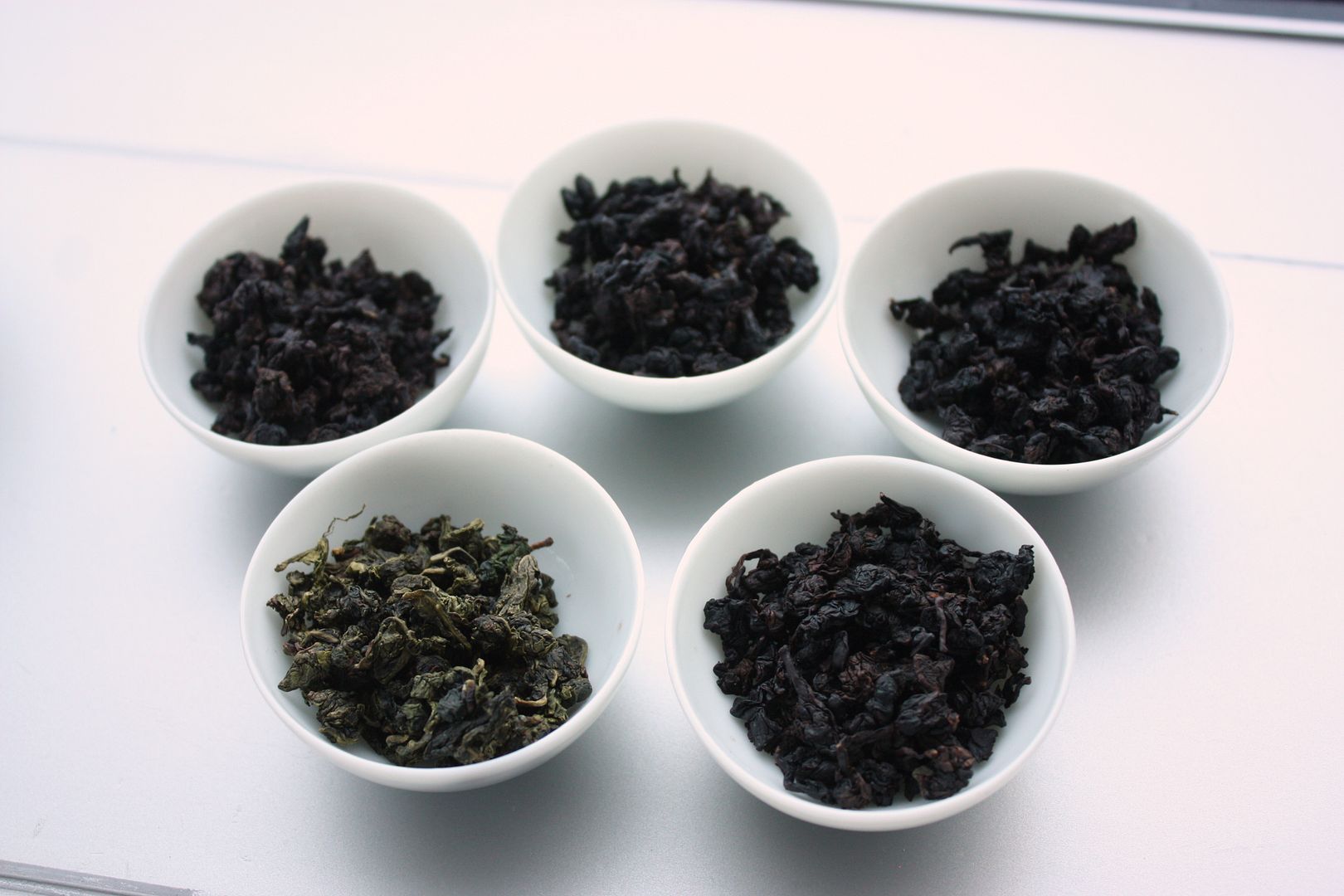
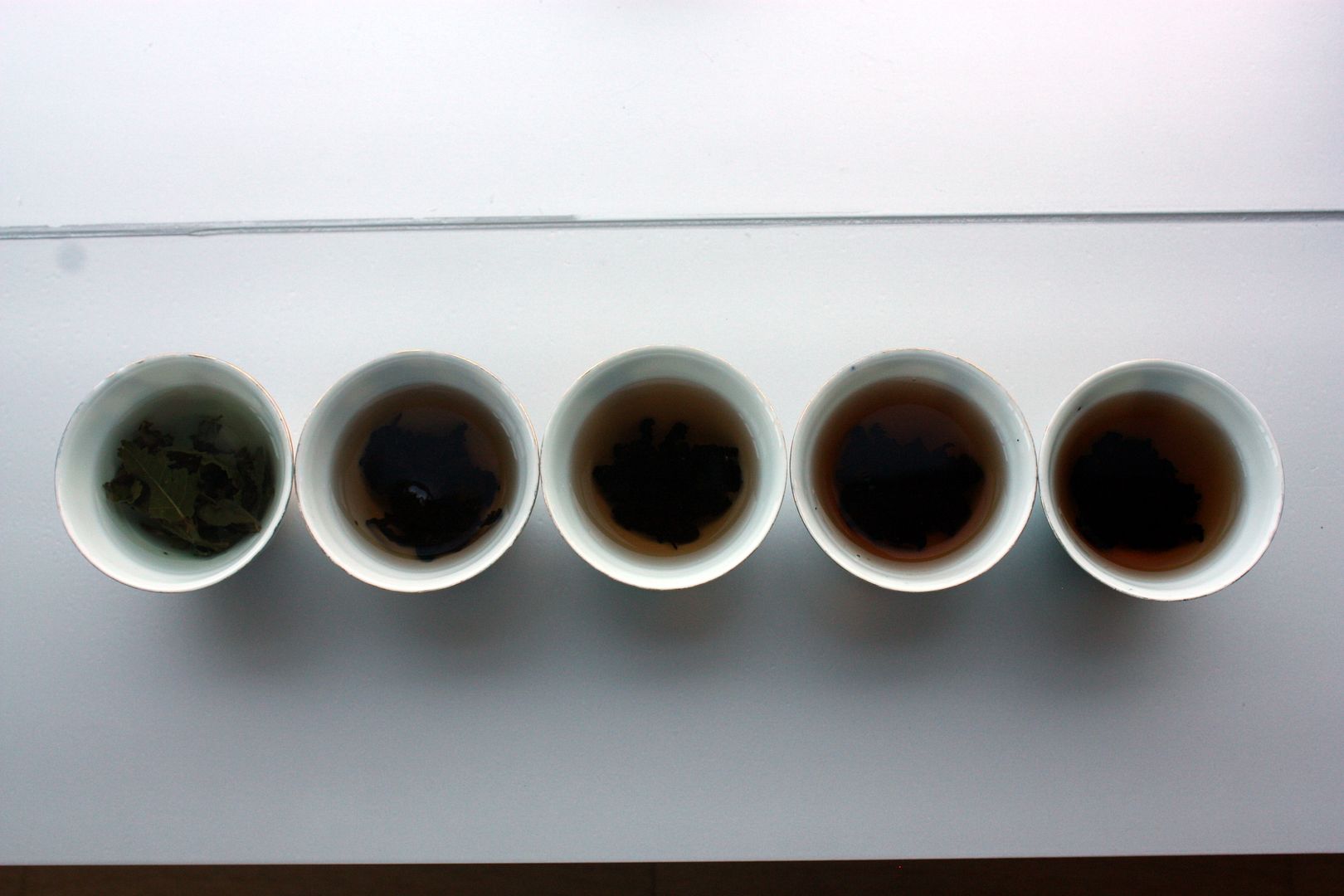
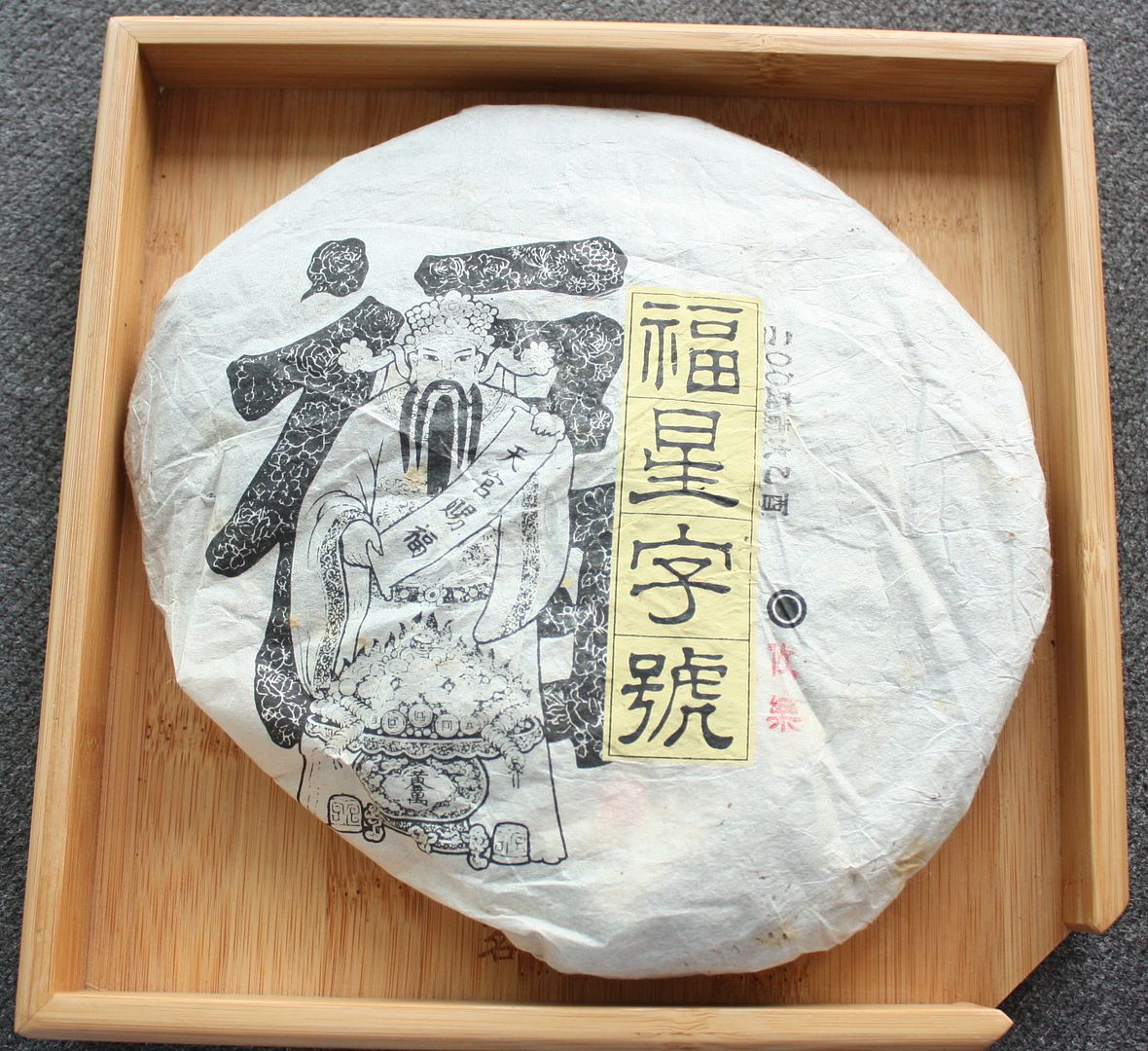
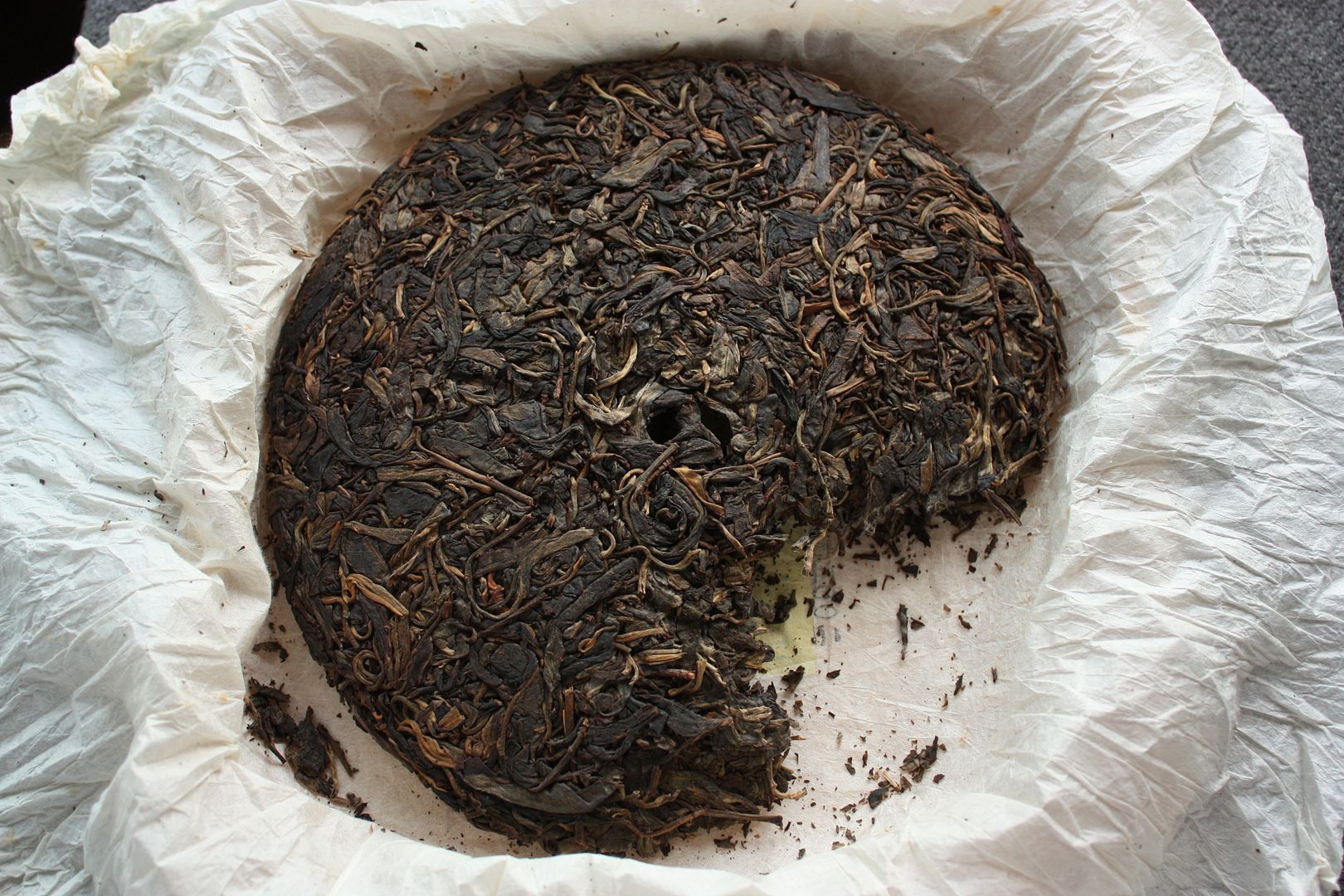
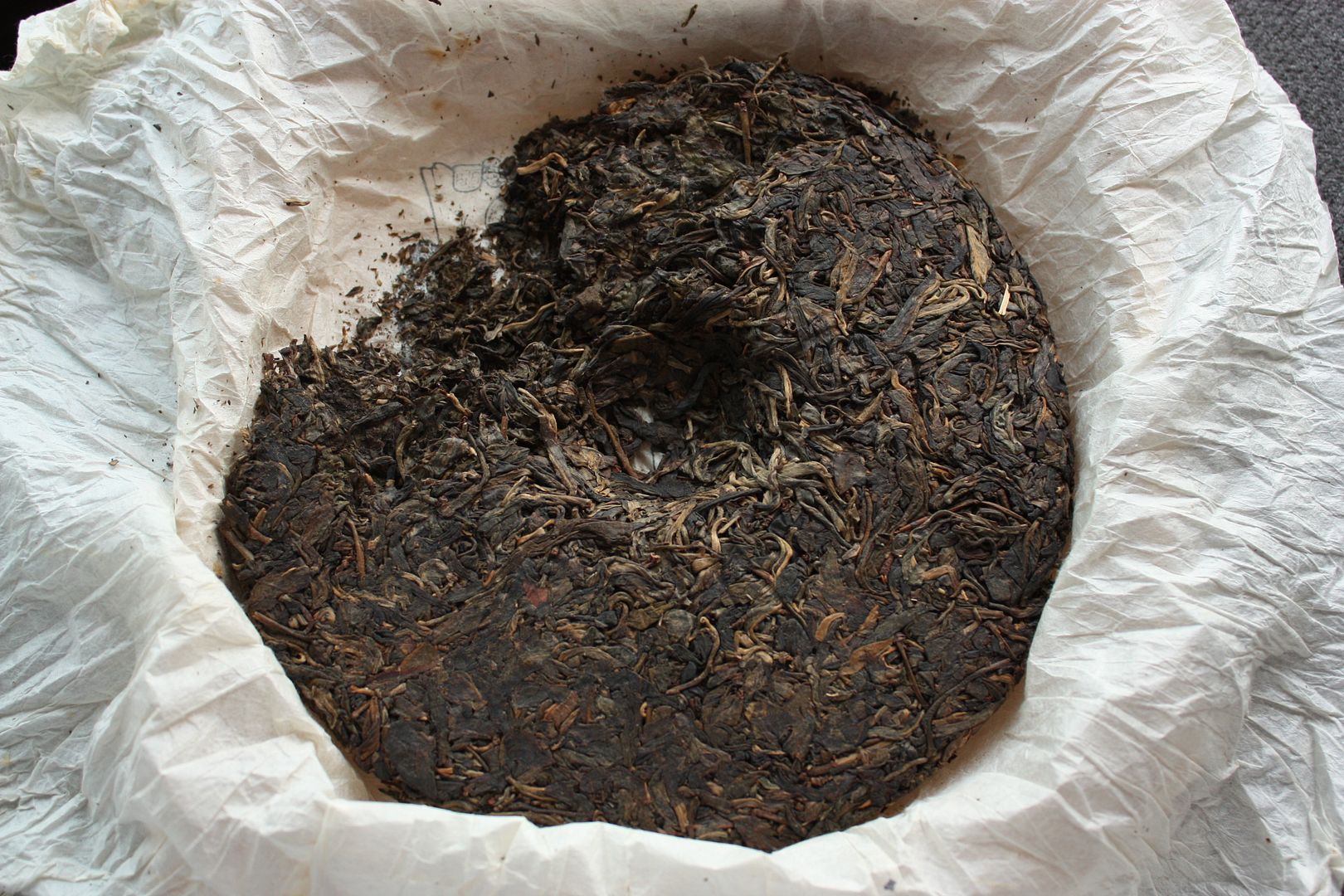
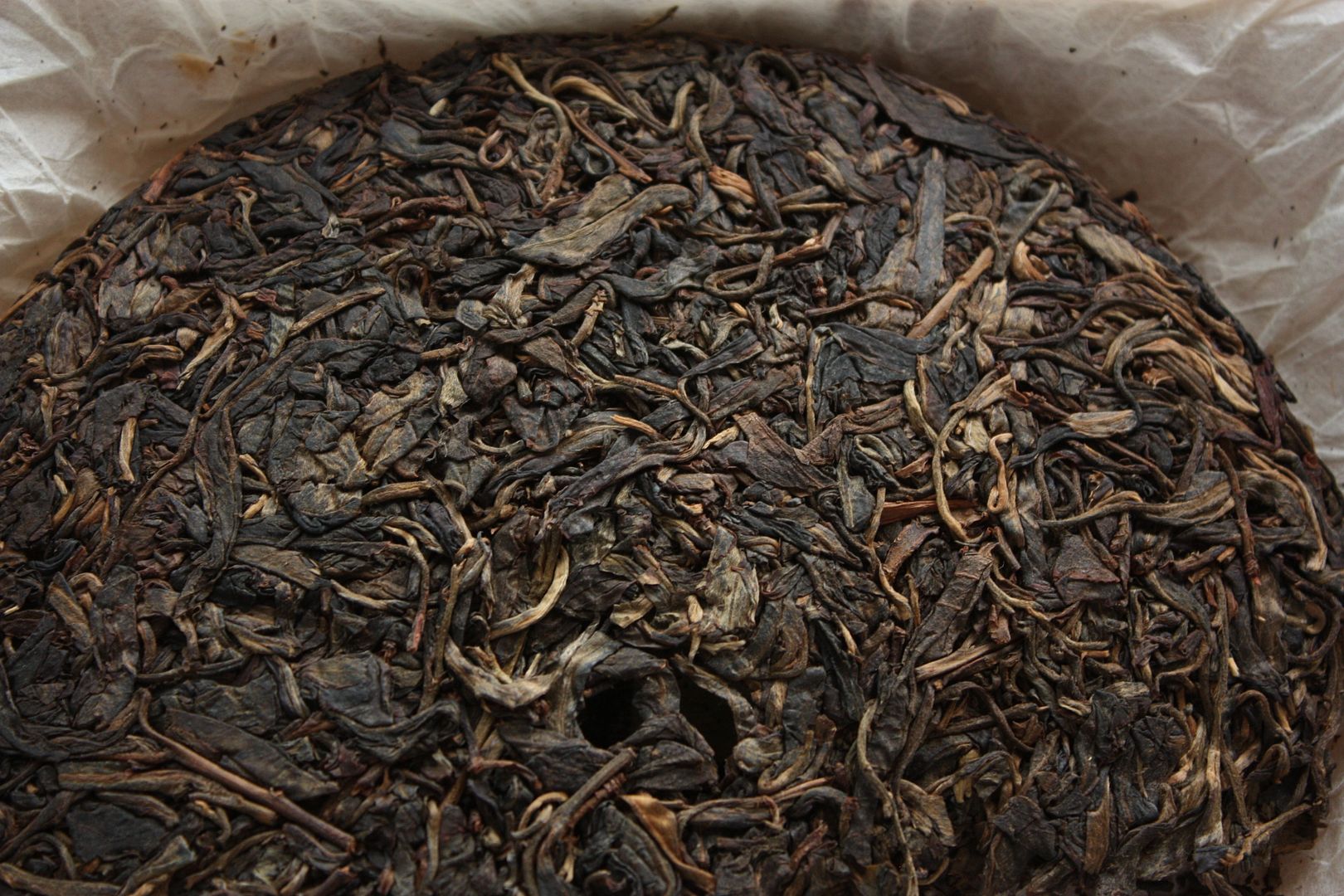
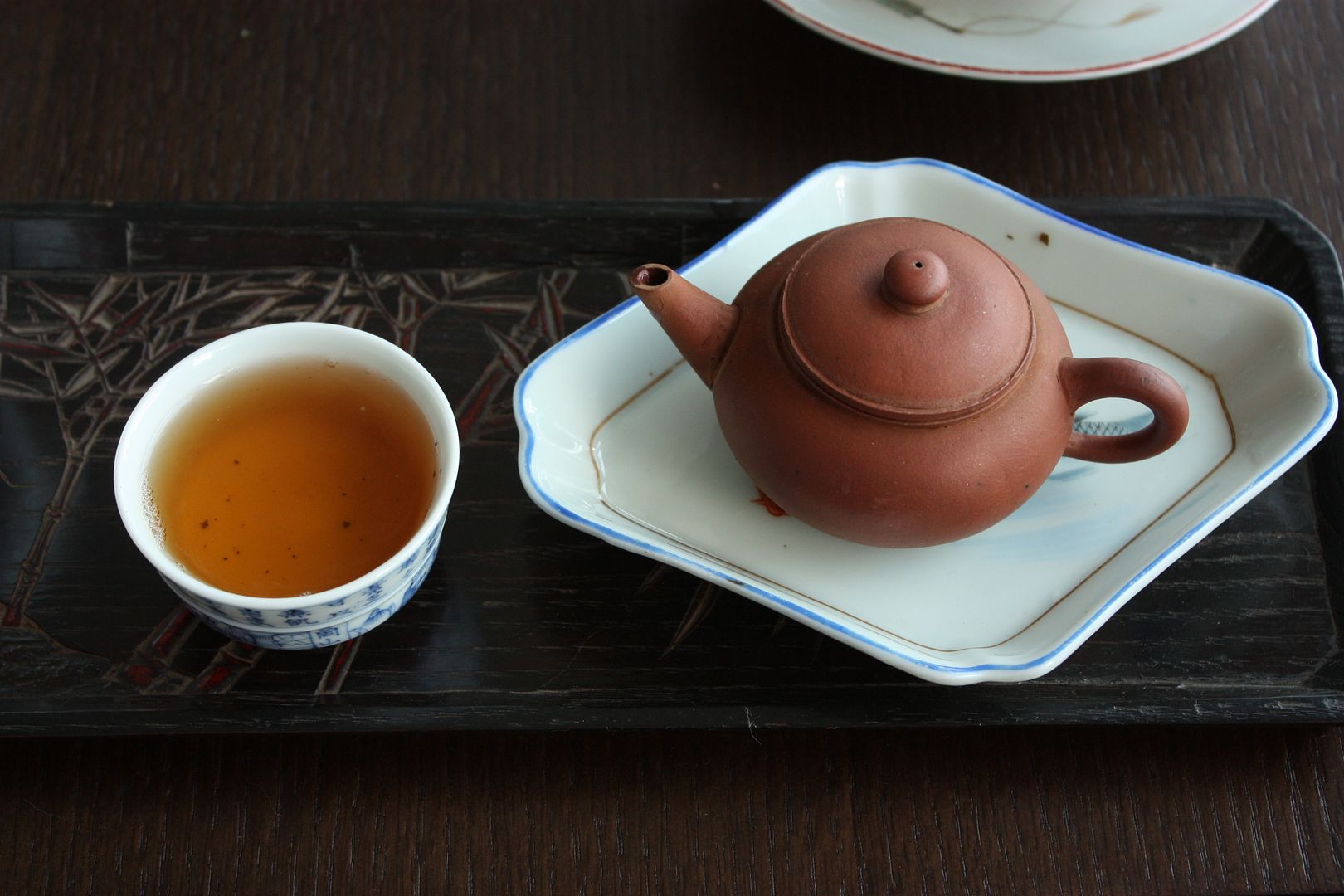
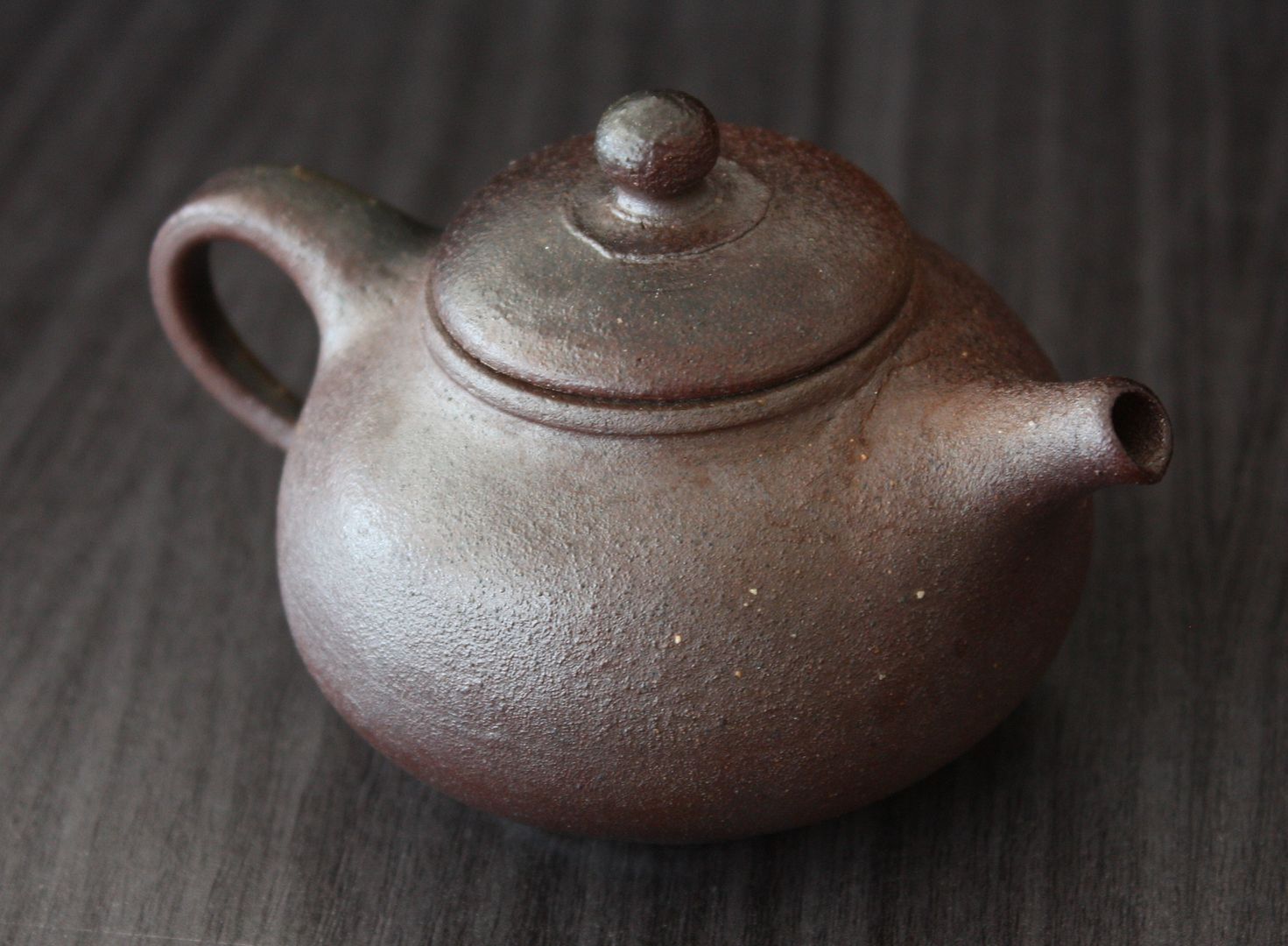
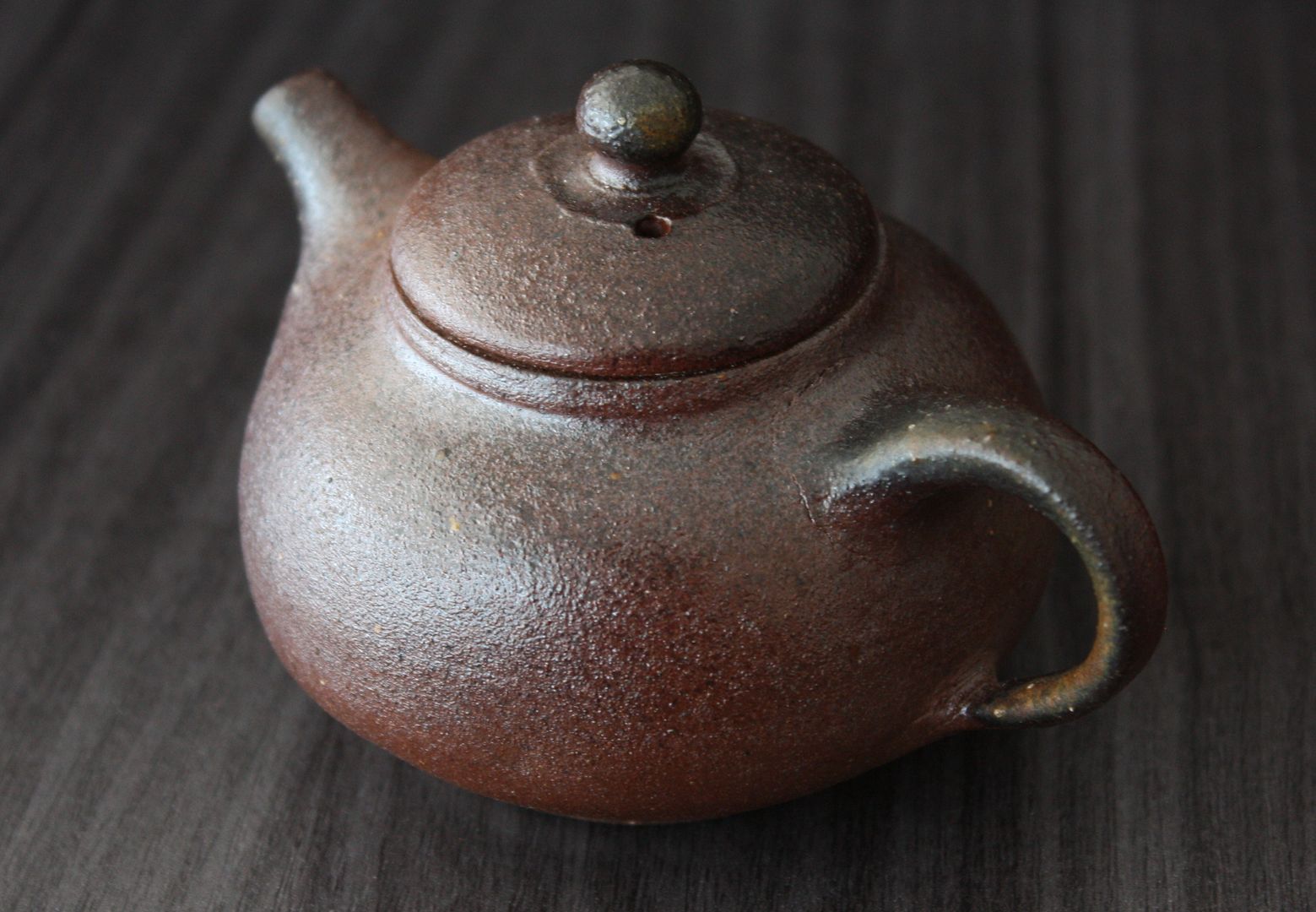
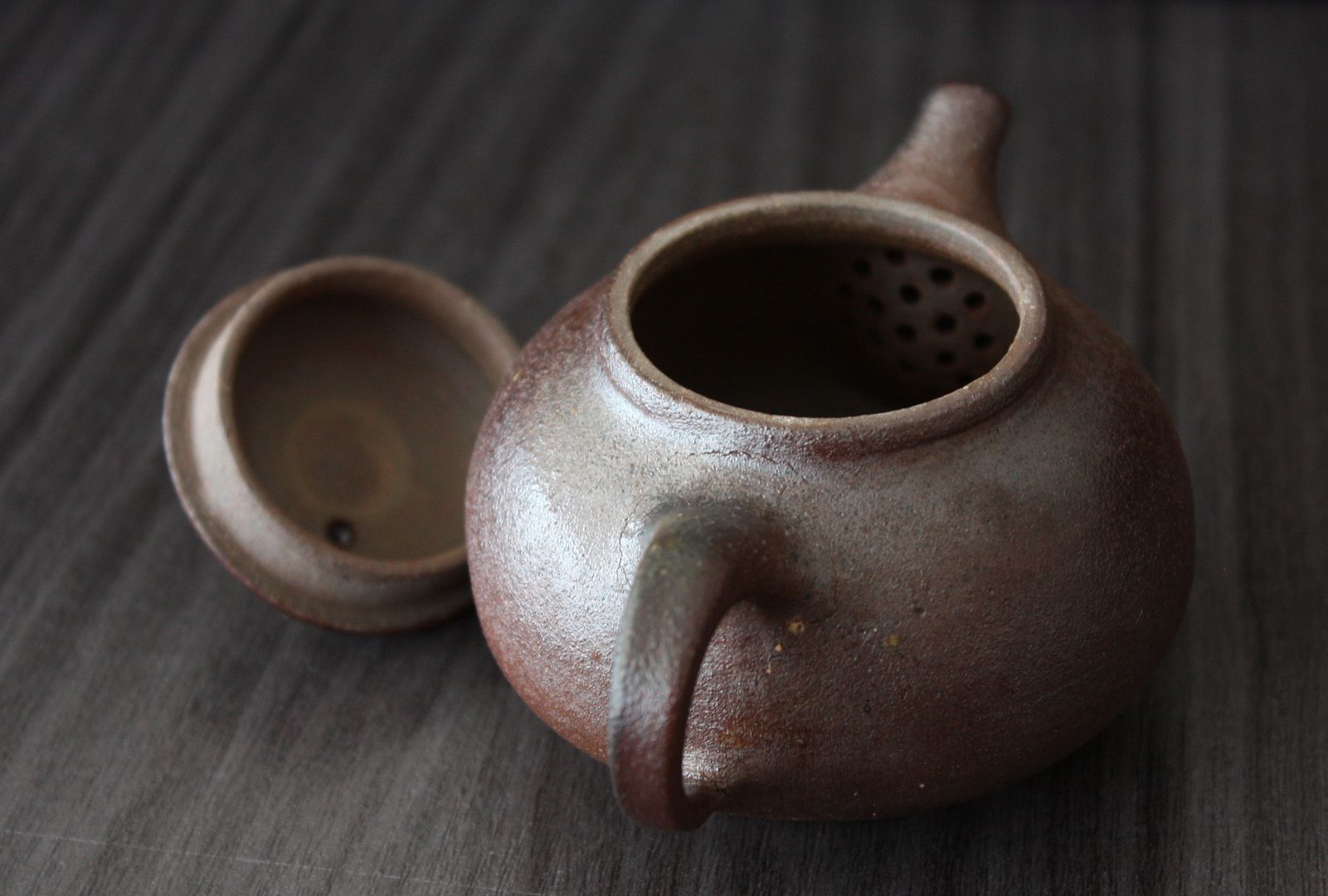
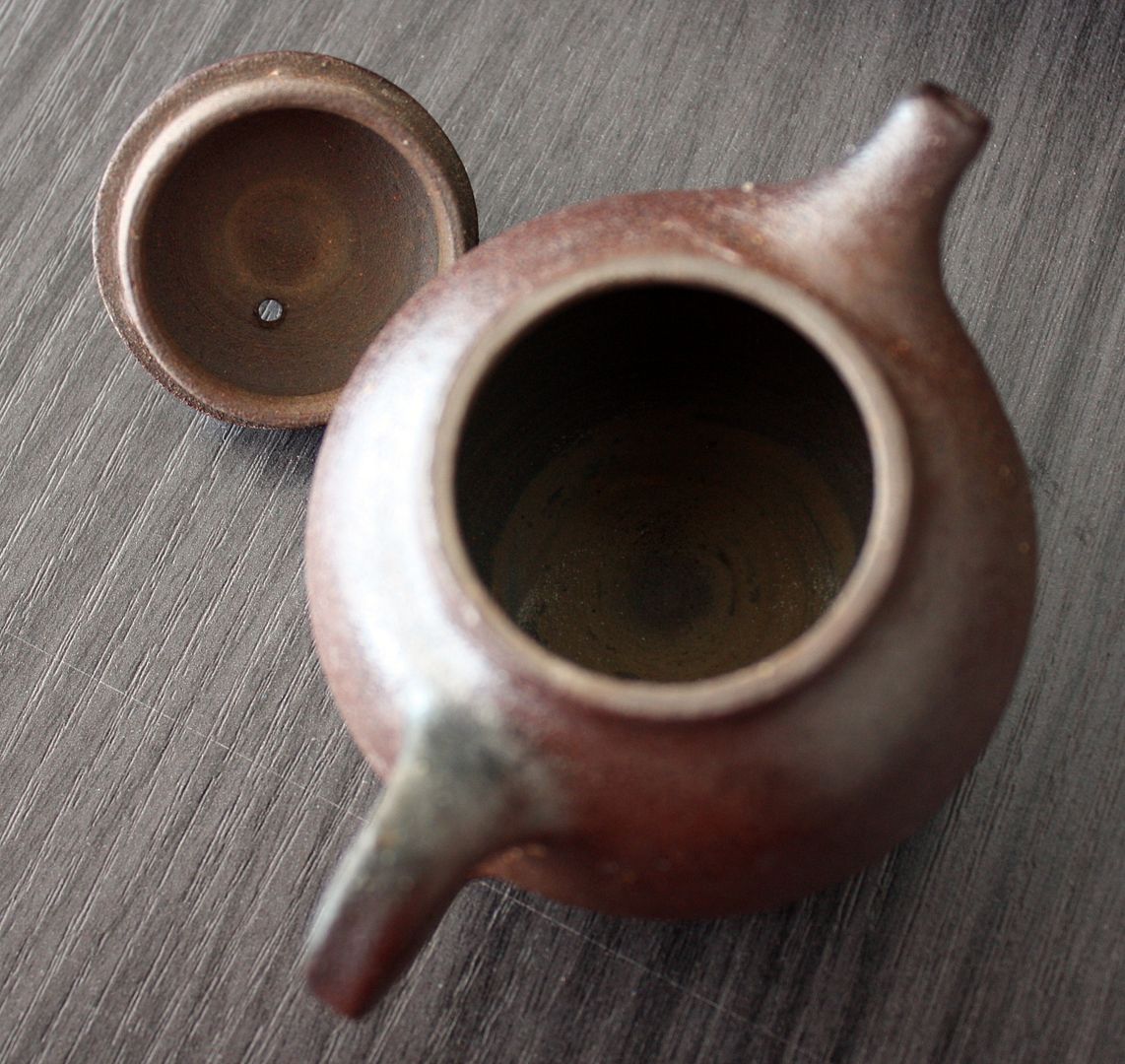
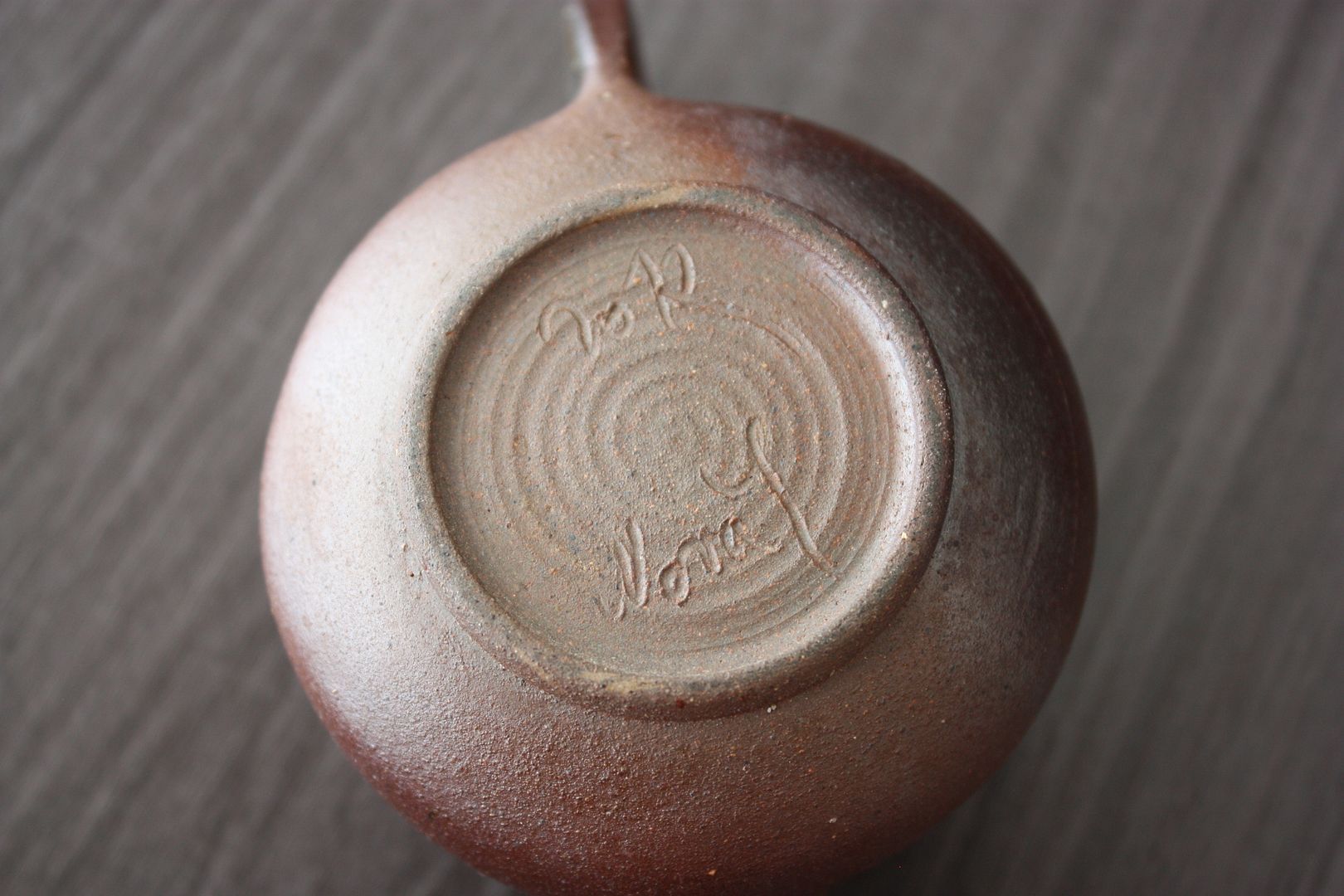
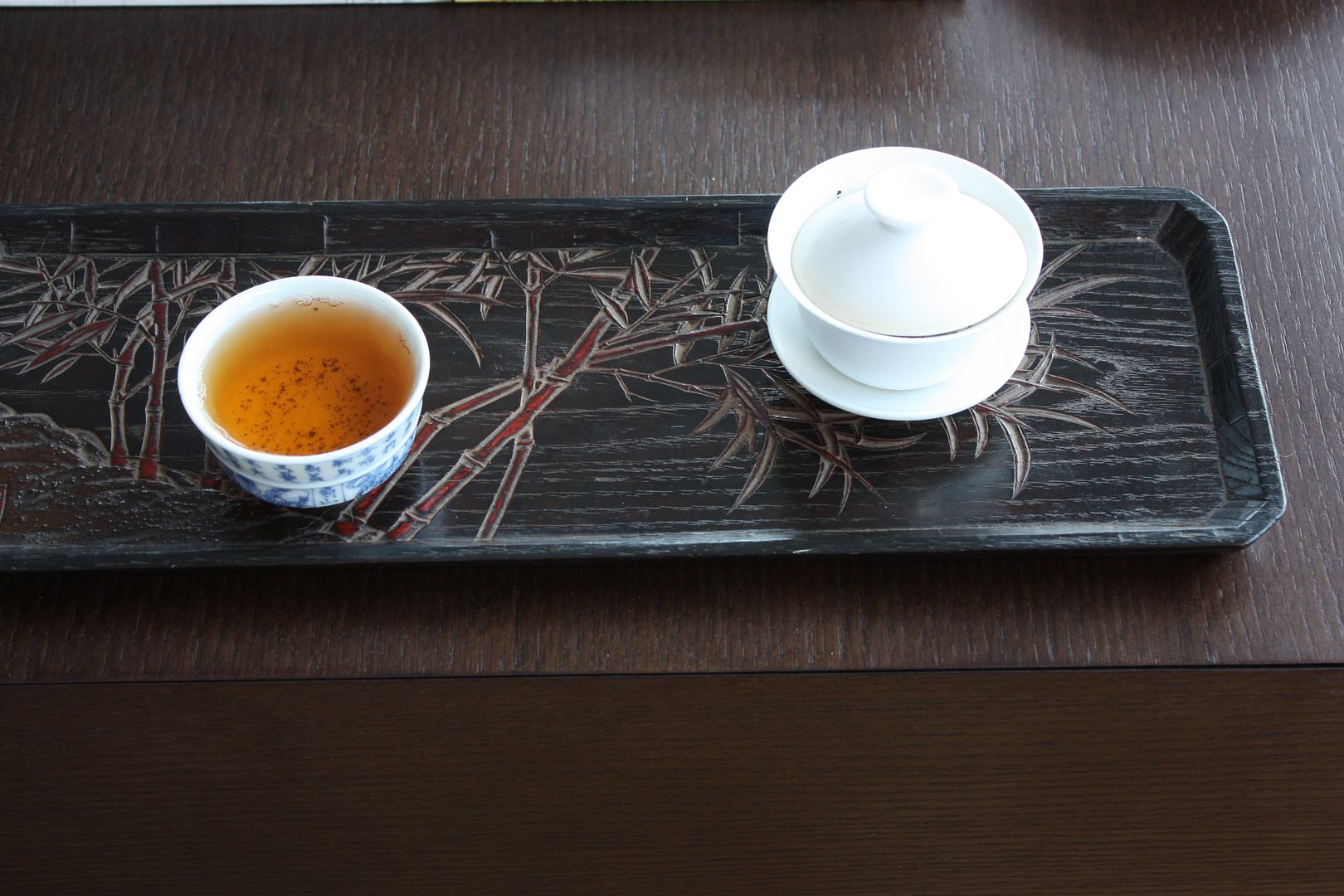

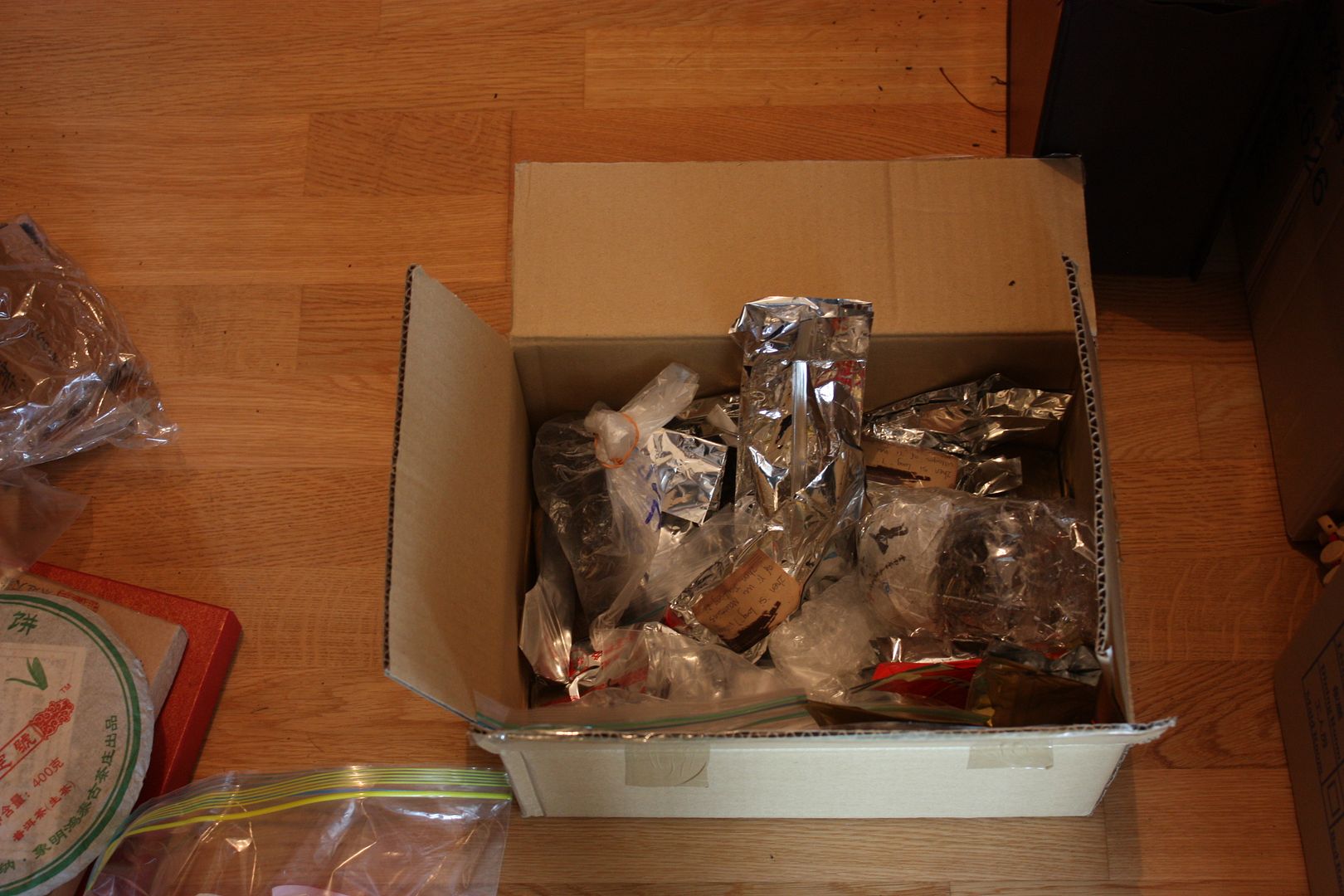
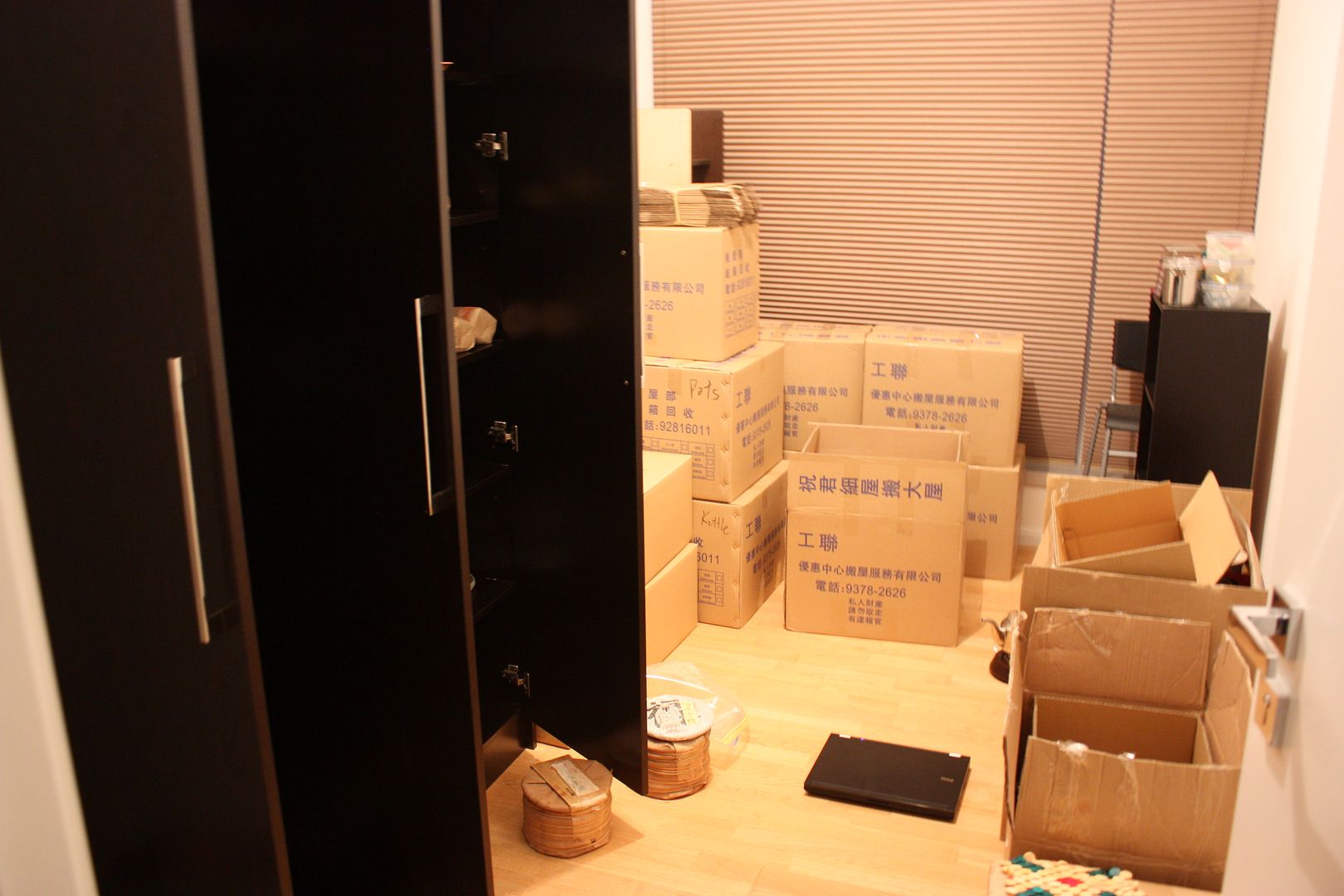
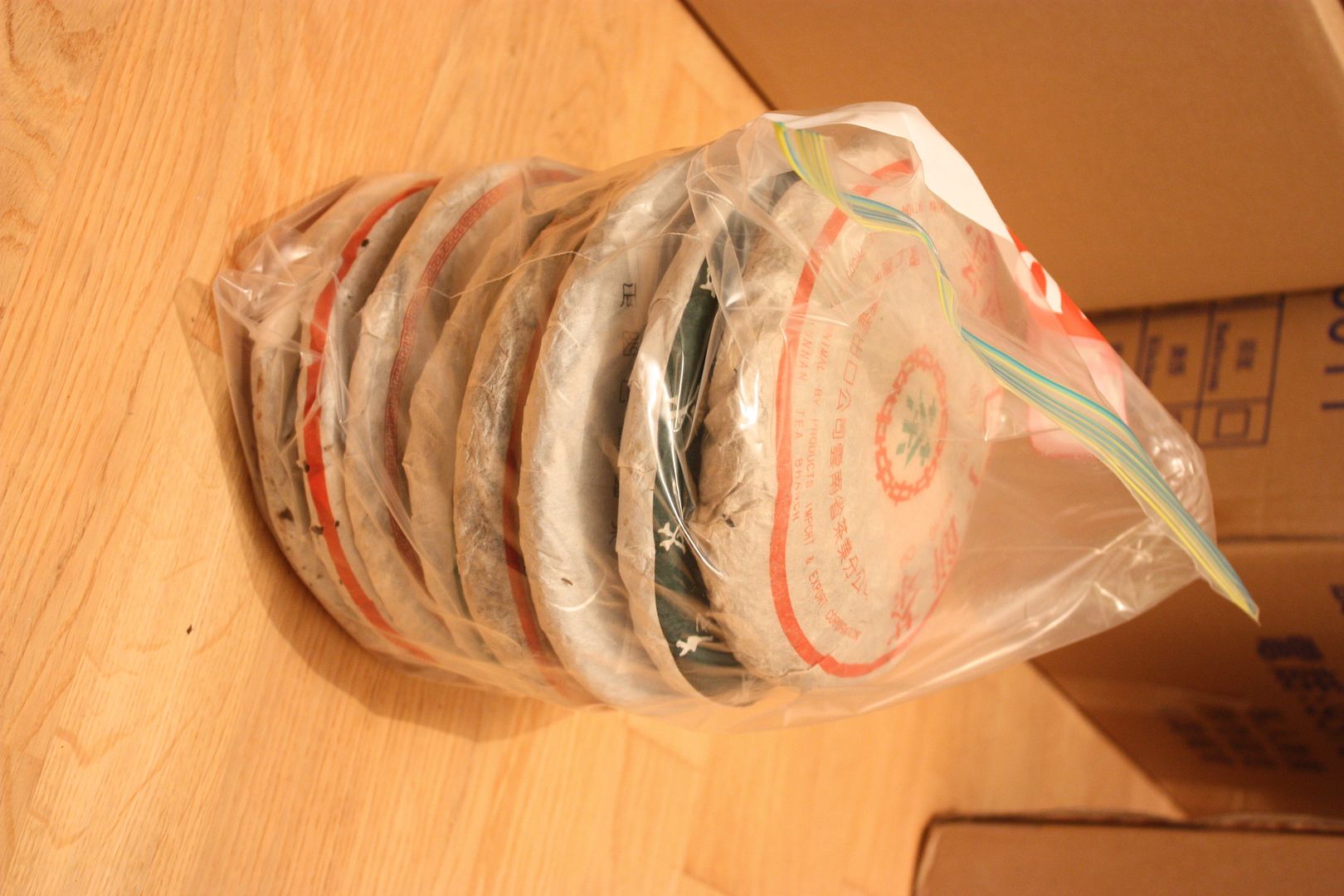
 RSS - Posts
RSS - Posts
I took you at your suggestion and have been reading some of your old post-Covid posts. I haven’t been to…